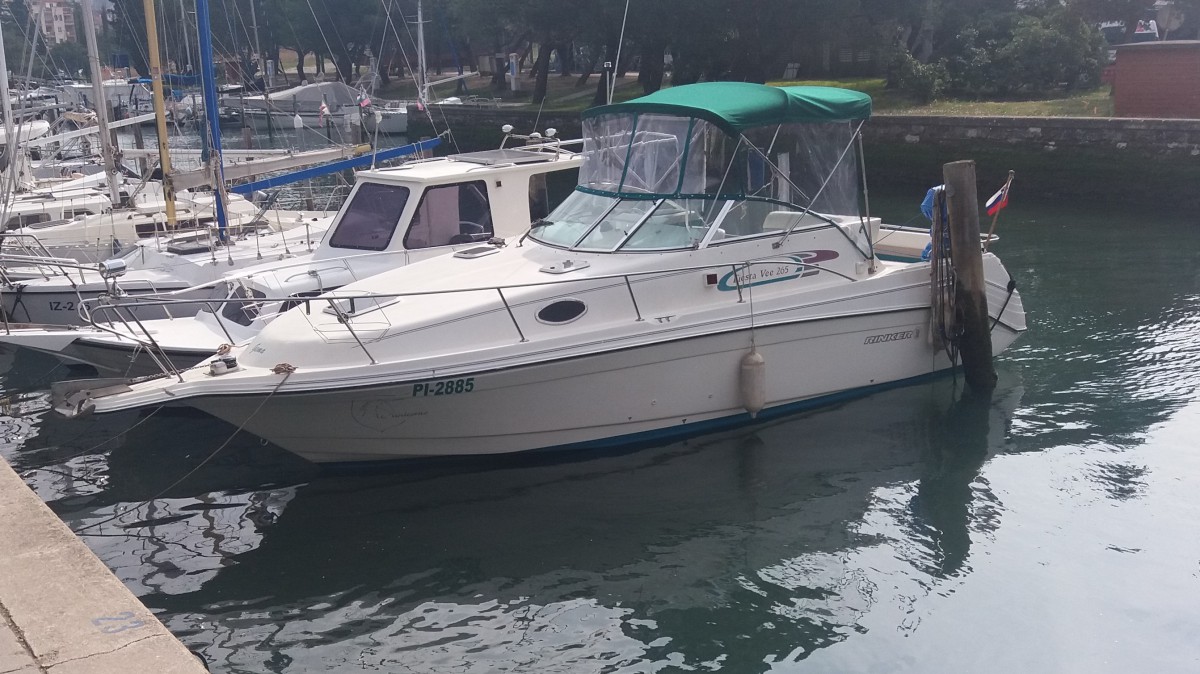

Checking and recharging the system is a job for a licensed air-conditioning technician. If the difference is less, the problem could be a loss of refrigerant charge although the system is supposed to be a closed loop, sometimes refrigerant leaks out. “There should be anywhere from 12 to 20 degrees difference between them,” he adds. Put the system’s fan or blower on high speed before testing, Ramirez says. Need a way to check whether your air-conditioning system is working up to spec? Julio Ramirez, a technical advisor with air-conditioning maven Dometic ( recommends taking the temperatures of the supply and return air with a digital thermometer-it’ll set you back about 20 bucks if you don’t already have one. If you need to clean the filter more often, try cleaning the cabin. Even if your air-conditioning system is working great, clean the filter once a month. The first thing you should do if it’s way too hot belowdecks is to clean the filter-vacuum it, wash it, do whatever the owner’s manual tells you. If the filter gets dirty, the airflow is restricted and it’ll take longer for the cabin to cool off. Behind the return-air grille, there’s a filter to screen out dust and other junk.

But, if there’s not enough time for that for some reason, just look at the controls-many modern systems include digital panels that display error codes.Įfficient heat exchange at the evaporator demands a free-flowing supply of hot or warm air from the cabin. In all cases, reading and studying the aforementioned manual before opening your toolbox or calling for help is very important. Maintaining a chilled-water system isn’t much different than a direct-expansion system, except that there’s more plumbing.

A chilled-water system, on the other hand, cools fresh water that, in turn, circulates through the air handlers. Most air-conditioning systems are “direct expansion”: they pump refrigerant directly to air handlers in the boat’s living spaces. It uses environmentally correct R410A gas.Īir-conditioning systems come in different configurations, but all share three major components: The evaporator, where boiling refrigerant absorbs heat from the surrounding air the compressor, which pushes the refrigerant through the system and the condenser, where the refrigerant is cooled and liquefied before being pumped back to the evaporator. This Dometic split-system-type air conditioner separates air handler/evaporator (left) and condenser/compressor (right).


 0 kommentar(er)
0 kommentar(er)
